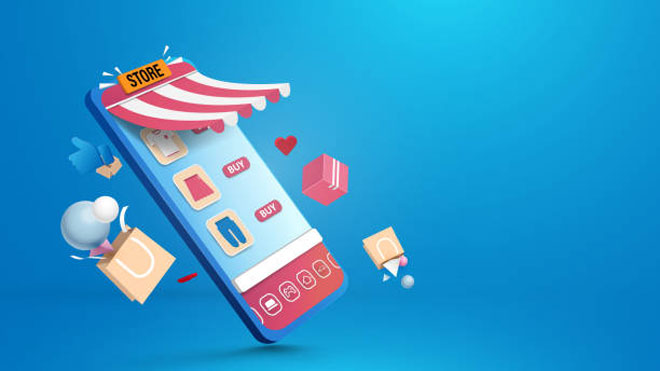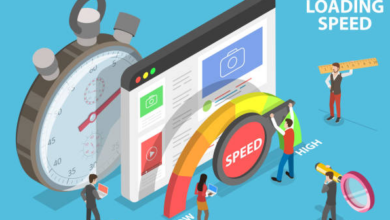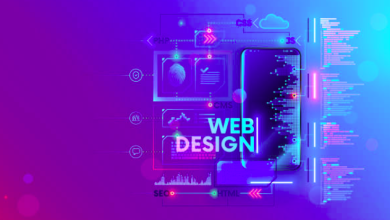The nature of commerce is changing rapidly. Millions of consumers across the world want to control how, when, and where they buy products from. They want a personalized and fluid experience while shopping. While traditional structures have worked well over the last couple of years, they haven’t been designed to extend to other key points easily. Research studies have shown that the rates of shopping cart abandonment have risen close to 70 percent mainly due to complex checkout experiences. With the emergence of new touchpoints, the demand for headless commerce is gradually rising. Major brands and retailers are getting creative with their spaces to meet the demands of the consumer.
Defining a headless commerce site
Most people don’t know the meaning of headless commerce sites. A headless commerce site is an online platform that manages, stores, and delivers valuable content. However, it doesn’t have a front-end delivery layer. With this platform, the head or the front end, which is usually a theme or template, is removed thus leaving the backend only.
Developers can focus on delivering products, customer reviews, or blog posts to any device. On the other hand, front-end developers can focus on presenting content using a framework that they deem fit. Functional elements of the system such as banners, forms, products, and blogs can be managed programmatically. This includes the components of content creation and management.
Before we go further, let’s define these two important concepts:
- Frontend: This is the digital storefront that faces the customer. It is popularly known as the presentation layer. Apart from websites, it includes channels such as mobile apps, social media, and a wide range of devices used on the Internet of Things. These include smart mirrors, vending machines, self-serve kiosks, voice-assisted technology, and wearables.
- Backend: These are all the tools, systems, and processes that handle operations and ensure that business is running smoothly in the background. It helps with numerous activities such as data storage, merchandising, fulfillment and checkout.
Traditional commerce platforms have a defined front end that is linked to the backend. Therefore, even if there are a lot of customization features and easy access to code, the platform is designed to deliver content in form of mobile apps and websites.
How does it work?
The headless ecommerce site exists thanks to the application program interface. An application program interface is a link between the frontend and backend. It sends information between these two areas in real-time.
Content facing the customer is managed on a backend platform. This means that you can make use of several backend systems depending on your goals and needs. Some of these systems include:
- Progressive web app
- Digital experience platform
- Content management system
- Customer relationship management
Why Should You Choose a Headless Ecommerce Site?
Headless commerce, as its name suggests, is flexible. It assumes that commerce is changing rapidly and positions you to be in the right place depending on where technology and commerce will lead. Choosing a headless commerce system will help you achieve your business goals in these three ways:
1. Easy marketing time
When you go headless, you’ll get to expedite experiments and changes. This helps in solving the old problem of developers who cannot work on front and backend systems simultaneously. Front-end work can be done independently without waiting for backend work. The reverse also applies. You can separate code from copy thus allowing your team to make progress without having to depend on others to do their job first.
2. More control and quick scaling
Current systems can be coded in different languages. And this can prevent essential integrations including those that negatively affect customer experience. Headless eCommerce platforms accommodate everyone.
Research studies have shown that 57 percent of commerce leaders report that the platforms they use are not capable of supporting their enterprises for more than a year. Thanks to powerful application program interfaces, you can integrate all the existing systems that you use when you go headless. You’ll use the programming language of your choice to build a unique shopping experience. This will not only protect you from the rapid technological shifts but also allow you to move at your own pace and easily adapt.
3. Personalization
Going headless gives developers additional flexibility when it comes to serving data to customers regardless of the device that they are using. It will allow you to split test what you’ve built instantly for you to optimize customer experience and improve your conversion rate. You can easily make changes to your storefront to personalize the customer journey completely. Research studies have shown that shoppers are 40 percent more likely to buy when the shopping experience is personalized. Going headless will afford you the agility that you need to keep up with the changing trends of customer acquisition.
Setting up a headless commerce site
You don’t have to overhaul your site to switch from the traditional commerce system to headless. Here are three important steps that you should take:
1. Determine the platform that’s ideal for you
No one solution fits all businesses. Your choice will be determined by the size of your business. For instance, a small business can integrate an application programming interface from Shopify without having to migrate.
2. Go for a headless content management system
Now that you have a headless solution, the next step is choosing a headless content management system. This especially applies if you’ll deliver content through multiple channels. A traditional content management system requires multiple platforms to distribute content to various channels. On the other hand, a headless content management system uses one platform to create optimized content for every channel. Some of the best headless content management system solutions include:
- Open source solution – This solution requires technical knowledge. However, it provides access to the codebase of the software and offers lots of customizations.
- Software as a service solution – This is a great solution because it offers amazing customization abilities and enables individuals to set up a headless content management system quickly and easily without technical knowledge.
3. Integrate your application programming interface with a headless content management system
You need to integrate your application programming interface with a headless content management system to ensure that data flows smoothly and easily. Headless application programming interfaces connect the components of your existing architecture to avoid customer experience disruptions.
Conclusion
As you have seen, you are going to enjoy a lot of benefits by going headless. The thought of overhauling the entire site discourages most people from adopting a headless solution. However, with the right information and service, you can avoid many challenges that you’ll face while going headless.









